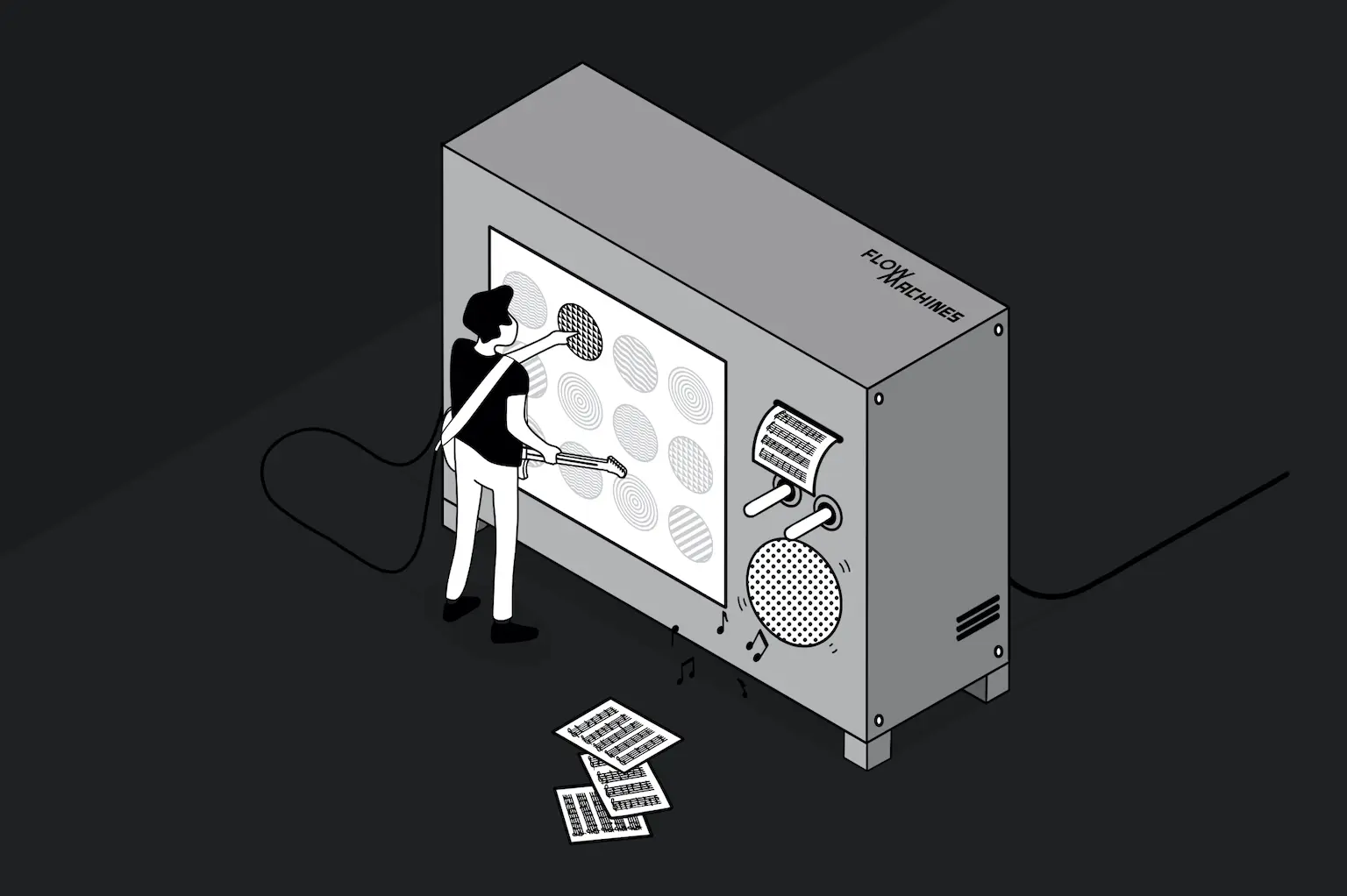This gallery is offered as inspiration for some of the many different kinds of digital humanities projects.

Flow Machines is a research and development and social implementation project that aims to expand the creativity of creators in music. Flow Machines is committed to creating new music with its creators using state-of-the-art machine learning technology.

"To Quote or Not to Quote" visualizes Shakespeare's corpus by how often a piece or section is quoted in journal articles. Pieces that are quoted more often are clearer, while less-citied parts are blurrier. From Visualizing Broadway, using JSTOR data.

The project invited anonymous participants to annotate whether passages drawn from novels, published mainly in the Victorian era, represented London places in a fearful, happy, or unemotional manner. This data was used to generate an interactive map, revealing a previously unseen emotional geography of Victorian London. The project was led by a research team from the Stanford Literary Lab and created using HistoryPin.

This collaboration between the Freer Gallery of Art and Arthur M. Sackler Gallery, the Smithsonian’s National Museum of Asian Art, and Wayne State University’s Library System, allows visitors to explore virtual installations of the Peacock Room and the items displayed there, and the history of the exhibit.

This article uses the Historical American Art Exhibition Database (HAAExD) to analyze what socioeconomic factors impacted the art collections of nineteenth-century American collectors. You can use the "Regression Feature" to explore the different factors and impacts.

“John Ashbery’s Nest” is a website centered on a virtual tour of the Victorian home of American poet, collagist, art critic and collector John Ashbery (1927-2017). The site provides a unique opportunity not only to see the art, objects, books and furniture in this house but also to hear Ashbery read from related poems and talk about the provenance and resonance that these things have played in his creative life. Created by the Yale Digital Humanities Lab.

Midst is a custom-built word processor that allows writers to generate interactive timelines of their process. You can read and interact with pieces in their journal.

The exhibit Tear Down the Wall: Hypertext and Participatory Narratives, was held in conjunction with the ACM Hypertext 2019 at Hof, Germany. The exhibit borrows the theme from the conference—tear down the wall—that celebrates the 30th anniversary of the fall of the Berlin Wall. The conference has also been envisioned by Conference Chair Claus Atzenbeck to "reunify different hypertext research directions and communities."

From the New York Times, an interactive, close reading of the painting, The Death of General Wolfe, by Benjamin West. The accompanying text is by Jason Farago.
© 2023 University of St. Thomas, Minnesota